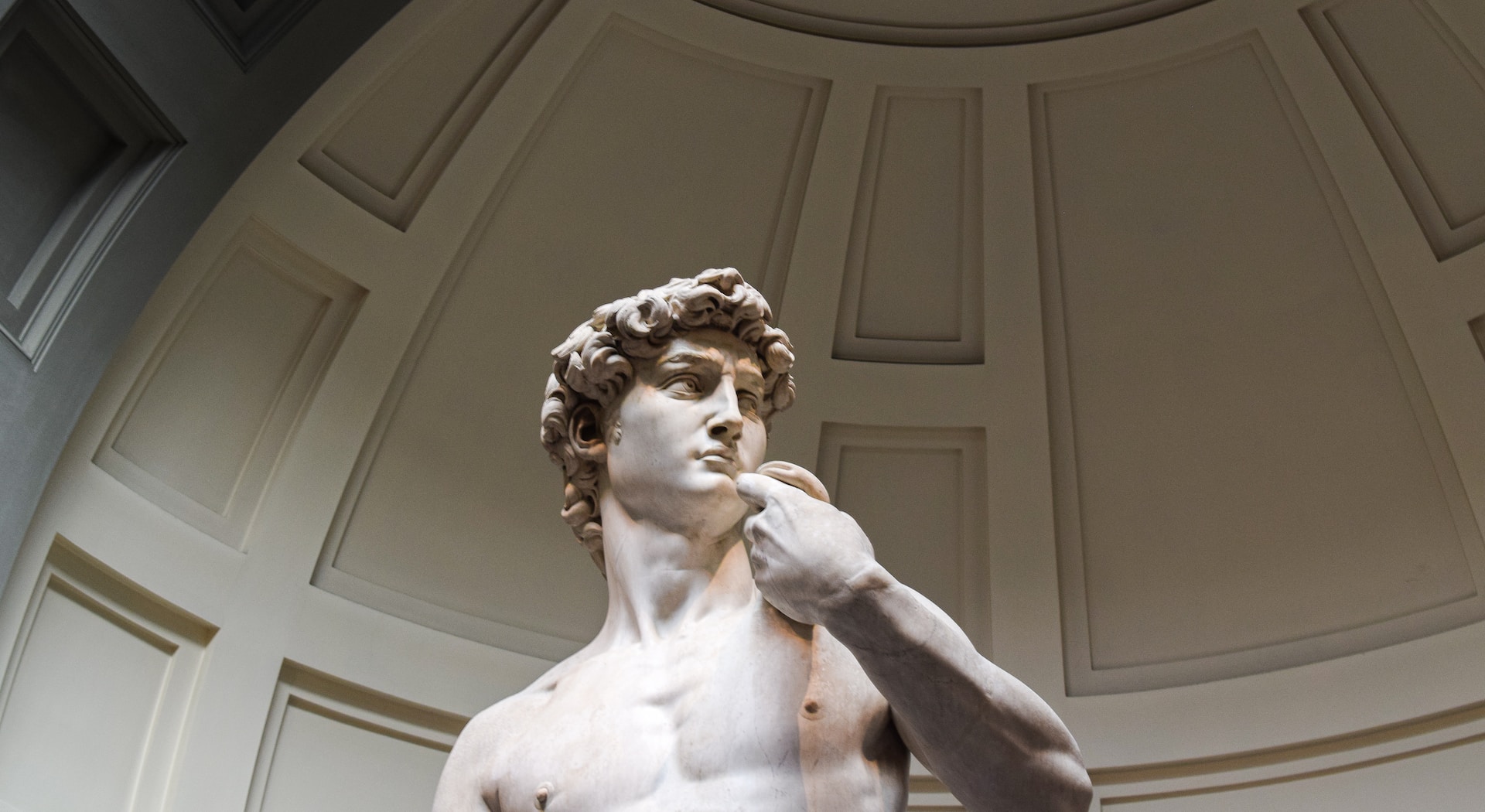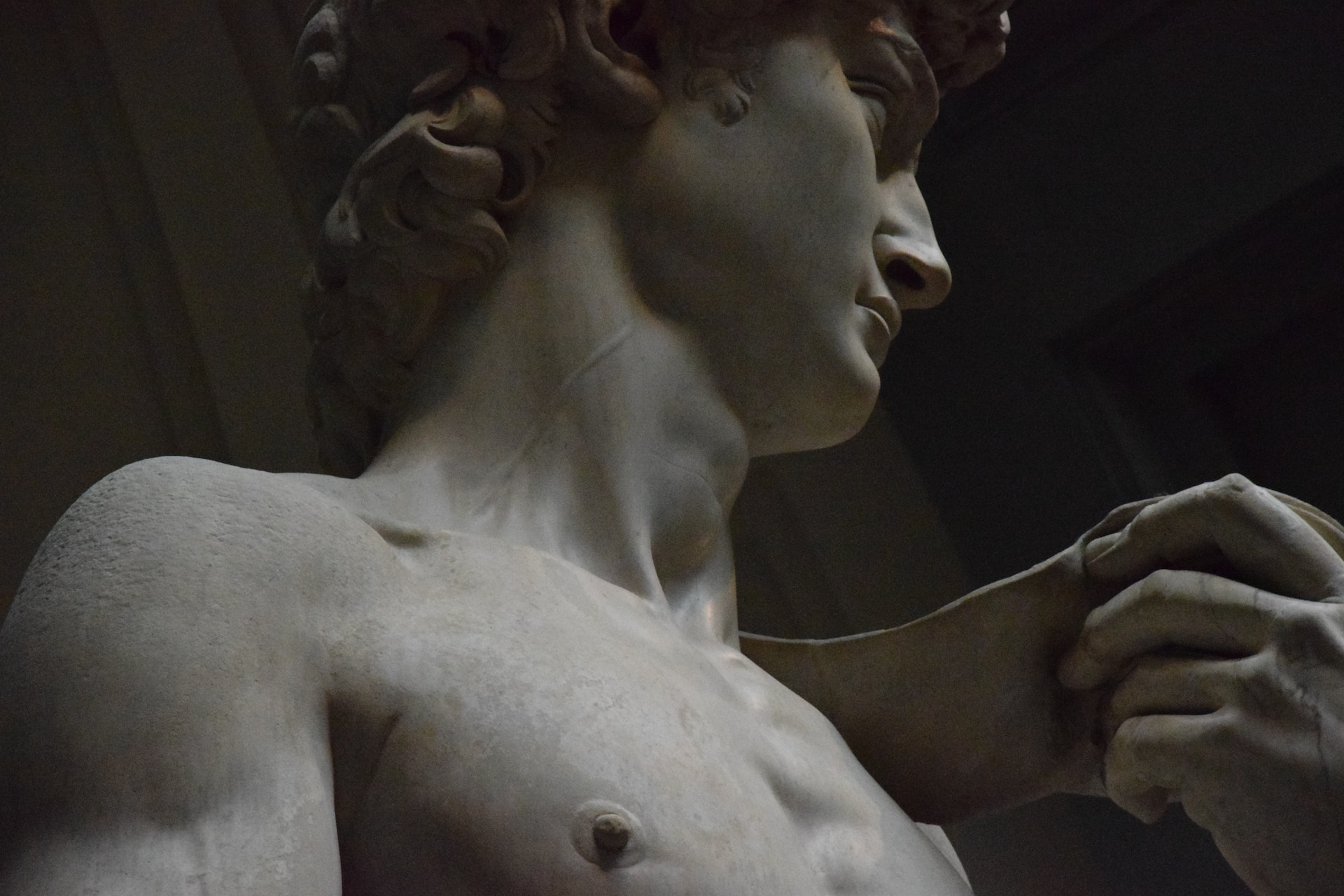Culture & Travel
31 March 2023One of the two finest sculptures created by the Italian Renaissance artist Michelangelo is the Statue of David, or David of Michelangelo. The piece is regarded as a Renaissance sculpture masterpiece at the same time. On the other hand, the sculpture attracts a lot of attention as one of the uncommon pieces that has succeeded in becoming recognizable all over the world. Millions of people visit the Academy Gallery in Florence, Italy, where the unique work is on display each year. If the location of Michelangelo's creations is clear, a complex and intriguing question still needs to be answered! What is Statue of David's history? If you like, let's explore the inner workings of this ancient sculpture together.

Michelangelo received a special commission to build the Statue of David for the Florence Cathedral. Yet, once it was built, it was situated in Piazzo Signoria Square and stayed there. The artwork was requested to be displayed somewhere where everyone could see it because it was so admired and mesmerized the visitors. To avoid damage in the outdoor area, the artwork was moved to the Gallery Academy in 1873. Despite all of these security measures, a potential attacker fractured the statue's left toe by striking it with a hammer. The sculpture is still on exhibit today in the Academy Gallery, and a duplicate of it can be found in Piazza Signoria.

Several individuals currently have doubts about the Statue of David's building date and are wandering about with them. Let's avoid leaving you with any unanswered questions. In 1501, work on the Statue of David's construction began. The statue was completed in 1504 in this context. Furthermore, this iconic statue stands 5.17 meters tall and is shown as a single block of marble. The Statue of David imitates the divine creation and portrays the "ideal man." Also, based on knowledge of the masculine body, it was specifically fashioned using the artistic discipline of disegno. What does this discipline mean, then? Sculpture, according to this artistic discipline, is the best form of art. Because of this, when the work is analyzed, Michelangelo's dedication to this field is evident. In addition to all of this, Michelangelo's work, which was created with an extremely realistic and accurate anatomy, demonstrated his skill as an artist.

Although the statue depicts the perfect human being, its proportions are three times larger than the average person! And it is not limited to this. The head and upper body of the statue are larger than the lower body. We can say that this is because the statue was made to be placed on a very high pedestal in the cathedral. If this unique work had been displayed in the cathedral, it would have looked proportionate when viewed from the opposite side. In addition, it is noticeable that the right hand of this statue is larger than the rest of its body. It is suggested that the main reason for this asymmetrical appearance is Michelangelo's nickname "strong hand". All in all, the Statue of David, like many other works of the Renaissance period, has different religious meanings. At the same time, Michelangelo depicts the story of David and Goliath, mythological characters from the Old Testament. In this context, the artist depicts the duel between the young Palestinian David and the Israeli giant Goliath from a different perspective. In addition, David, despite being a child, won a great victory by defeating Goliath, a powerful giant warrior. He liberated Palestine and later became the head of the Kingdom of Israel.

Later, on the occasion of the 3000th anniversary of David's conquest of Jerusalem, a copy of the statue was given to Jerusalem as a gift. Unfortunately, this gift was not well received. In terms of appearance, the Statue of David was not accepted because it was a nude figure. After this incident, another "clothed" statue was sent instead of the Statue of David and a compromise and agreement was reached. In addition to the copy sent to Jerusalem, there are copies of the statue in England, Australia and America. It is impossible to say if the statue is in a specific location at this point.



